Hibernation represents one of nature’s most remarkable adaptations, allowing certain mammals to survive harsh winter conditions when food becomes scarce and temperatures plummet. While many people associate hibernation with a complete shutdown akin to freezing, the reality is far more sophisticated. Mammals that hibernate employ fascinating physiological mechanisms that prevent them from freezing while maintaining minimal life functions. This intricate balance between drastically reduced metabolism and maintaining core body temperature just high enough to prevent tissue damage showcases an evolutionary marvel that has developed over millions of years. From bears to ground squirrels, different species have evolved various approaches to this winter survival strategy, creating a diverse tapestry of hibernation methods across the mammalian world.
The Fundamental Difference Between Hibernation and Freezing
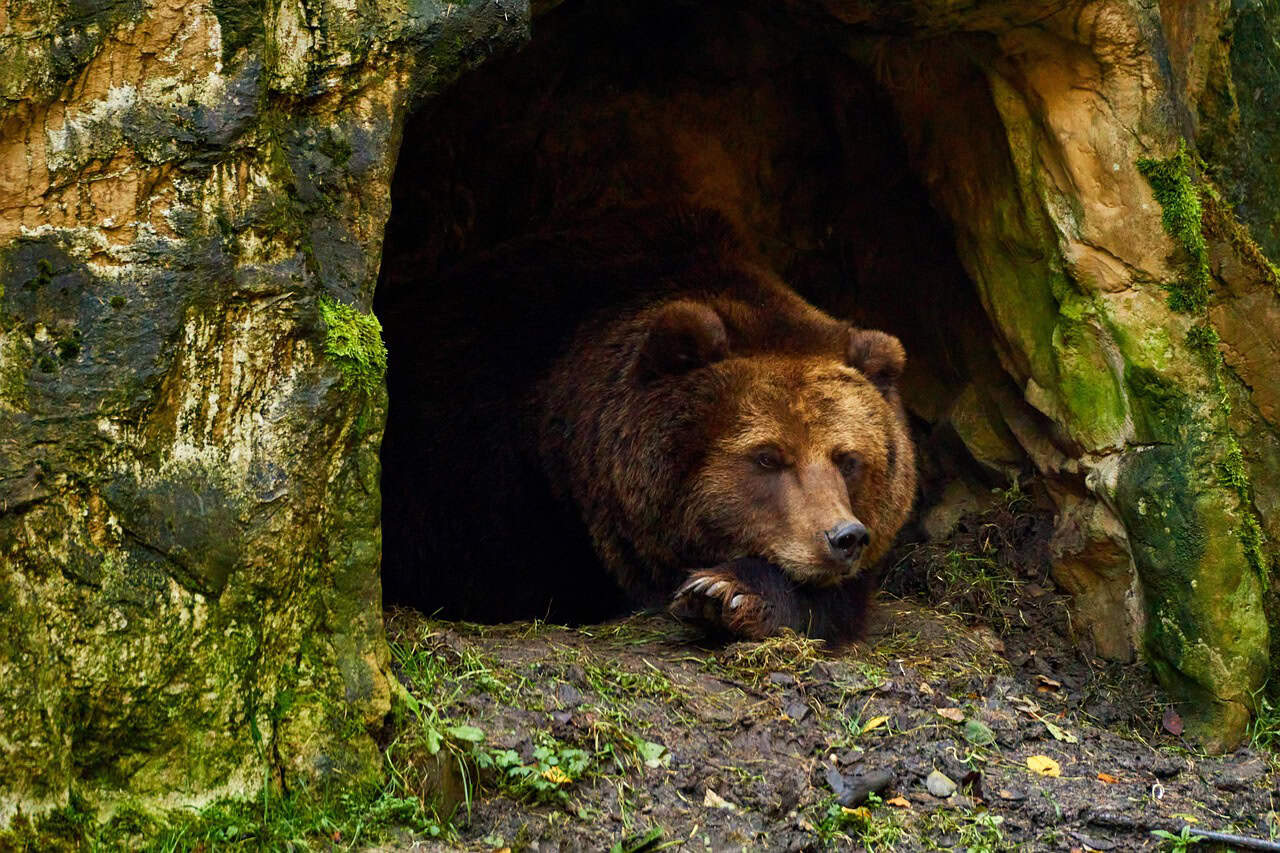
Hibernation and freezing represent two fundamentally different biological states. When an animal freezes, ice crystals form within its cells, typically causing fatal damage to cellular structures and ultimately leading to death. Hibernation, by contrast, is a controlled physiological state where metabolic processes slow dramatically while body temperature drops significantly—but crucially remains above freezing. During hibernation, mammals maintain precise control over their physiological processes, reducing heart rate, respiration, and energy consumption while preserving essential bodily functions. This controlled state allows hibernators to conserve energy during months when food is scarce without suffering the cellular damage that would occur with actual freezing.
The Metabolic Marvel of Hibernation
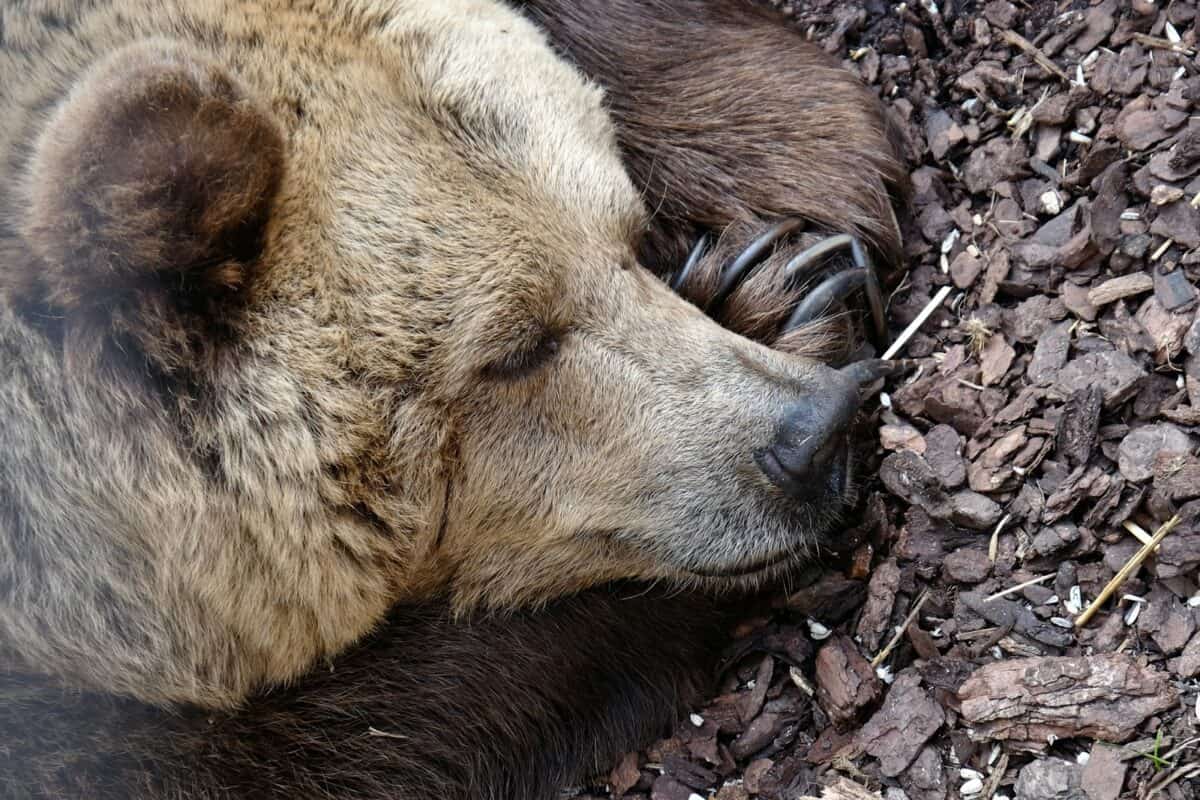
The cornerstone of successful hibernation lies in an animal’s ability to dramatically reduce its metabolic rate. During hibernation, mammals can decrease their metabolism by up to 95%, requiring minimal energy to maintain essential life functions. This remarkable reduction resembles turning down the flame on a stove to its lowest possible setting while ensuring it doesn’t completely extinguish. The ground squirrel, one of nature’s champion hibernators, can reduce its heart rate from over 200 beats per minute to just 5-10 beats per minute. Similarly, its breathing slows from dozens of breaths per minute to fewer than one breath per minute. These adjustments allow hibernating mammals to survive on stored body fat for months without eating, drinking, urinating, or defecating—a metabolic feat that would be impossible during their active seasons.
Temperature Regulation During Torpor
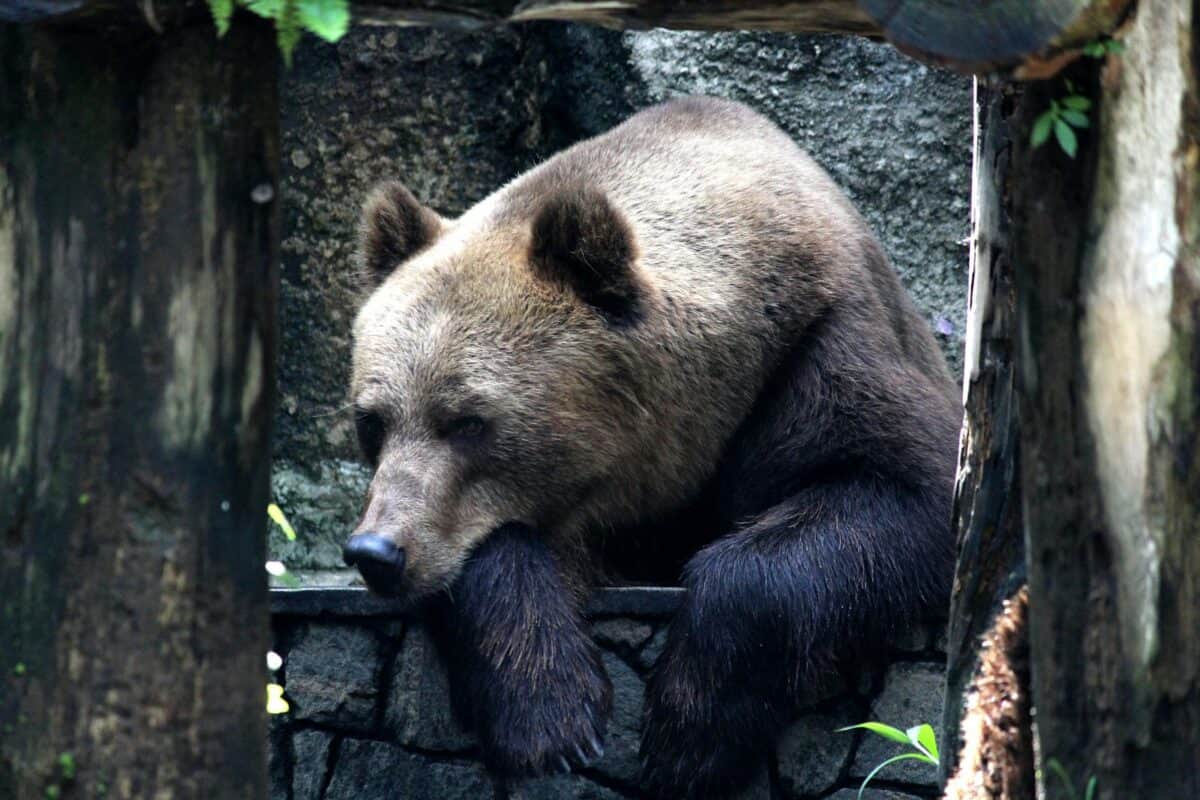
During hibernation, mammals enter a state called torpor where body temperature drops significantly—sometimes approaching ambient temperature—but always remains above freezing. Small hibernators like ground squirrels may allow their body temperature to fall to just above freezing (around 4°C or 39°F), while larger hibernators like bears maintain somewhat higher temperatures (around 30-35°C or 86-95°F). This controlled temperature drop is critical for conserving energy, as maintaining normal body temperature requires substantial metabolic resources. However, hibernating mammals possess specialized mechanisms that prevent their body temperature from falling below freezing regardless of external conditions. Unlike true freezing-tolerant animals such as certain frogs and insects, mammals cannot survive ice crystal formation in their tissues. Instead, they’ve evolved sophisticated regulatory systems that maintain their bodies in a suspended yet unfrozen state.
Brown Fat: The Hibernator’s Internal Heating System

A key adaptation that prevents hibernating mammals from freezing is brown adipose tissue, commonly known as brown fat. Unlike white fat, which primarily stores energy, brown fat specializes in generating heat through a process called non-shivering thermogenesis. Rich in mitochondria (the cellular powerhouses) and highly vascularized, brown fat can rapidly produce heat when activated. Hibernating mammals possess substantial deposits of brown fat, particularly around vital organs and the neck region. During hibernation, these mammals can periodically activate their brown fat to produce warming bursts that prevent body temperature from dropping too low. This biological heating system acts as a safeguard against freezing, allowing the animal to maintain minimal but sufficient warmth even during the coldest winter conditions.
Periodic Arousal: The Hibernation Reset Button

One of the most fascinating aspects of hibernation is the phenomenon of periodic arousal. Rather than remaining in deep torpor continuously throughout winter, most hibernating mammals briefly warm themselves to near-normal temperatures every few days or weeks. During these arousal periods, which typically last less than 24 hours, the animal’s metabolism temporarily returns to normal levels, body temperature rises, and some physiological maintenance occurs. Scientists believe these energetically costly arousals serve several functions, including immune system maintenance, memory consolidation, and prevention of neurological damage that might occur during extended torpor. More importantly for frost prevention, these periodic warm-ups ensure that body tissues never remain close to freezing temperatures for extended periods, providing regular protection against potential freezing damage.
Antifreeze Compounds: Chemical Protection Against Ice Formation

Many hibernating mammals produce specialized compounds that function similarly to antifreeze in a car—they lower the freezing point of bodily fluids without compromising biological functions. While not as dramatic as the antifreeze proteins found in some arctic fish and insects, hibernating mammals adjust their blood chemistry to provide additional protection against freezing. These adaptations include increased glucose levels in the bloodstream and changes in cell membrane composition that maintain fluidity at lower temperatures. Arctic ground squirrels, for example, can increase blood glucose levels to almost diabetic levels during hibernation, which helps prevent ice crystal formation in their blood. These biochemical adaptations provide an additional layer of protection against freezing during extended periods of reduced body temperature.
Microclimate Selection: Creating Safe Hibernation Spaces
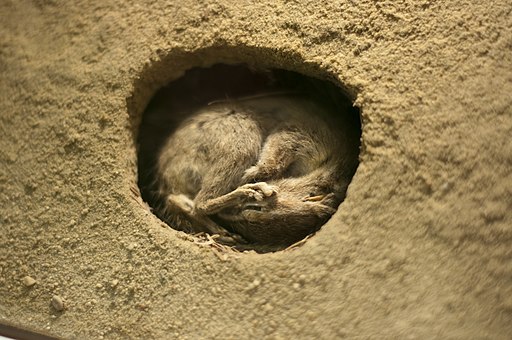
Hibernating mammals carefully select hibernation sites that offer protection from extreme temperatures. Bears dig dens in hillsides or under fallen trees, taking advantage of the earth’s insulating properties. Smaller mammals like chipmunks and ground squirrels create elaborate underground burrow systems that remain above freezing even when surface temperatures plummet well below zero. The temperature at sufficient depth underground remains relatively stable year-round, typically staying several degrees above freezing regardless of surface conditions. Many rodent hibernators further insulate their sleeping chambers with grass, leaves, and other plant materials, creating microenvironments that provide crucial temperature buffers. This behavioral adaptation complements physiological mechanisms, creating multiple layers of protection against freezing during hibernation.
The Bear Paradox: Active Hibernation
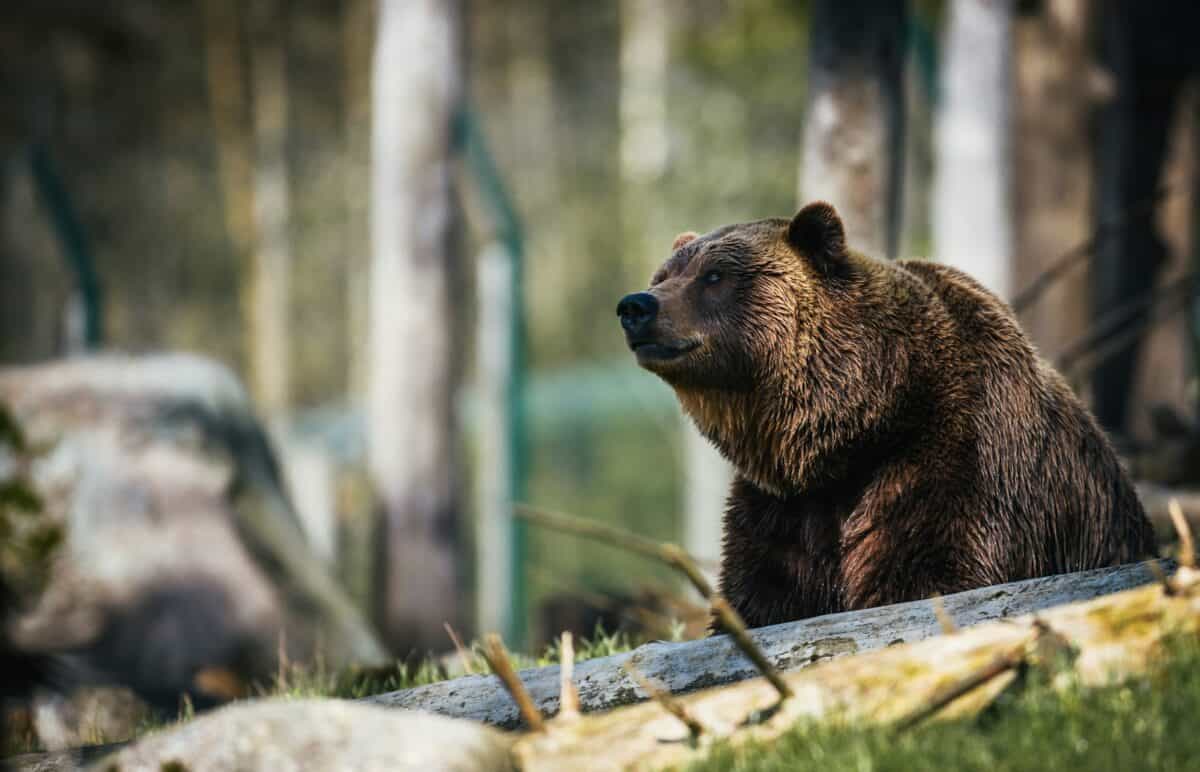
Bears represent a unique case in the hibernation spectrum, exhibiting what scientists sometimes call “walking hibernation.” Unlike smaller hibernators that enter deep torpor with dramatically reduced body temperatures, bears maintain relatively high body temperatures during winter dormancy (typically around 31-35°C or 88-95°F compared to their normal 37-38°C or 98.6-100.4°F). Despite this modest temperature reduction, bears achieve remarkable energy conservation by reducing their metabolic rate by 50-60%. This allows them to survive for months without eating, drinking, urinating, or defecating. Bears’ higher hibernation temperature means they’re less susceptible to freezing than smaller hibernators, but it also allows them to respond more quickly to threats or disturbances. This modified hibernation strategy reflects bears’ larger body size, which provides greater thermal inertia and different energetic constraints compared to smaller mammals.
Adaptations in Fat Composition and Usage
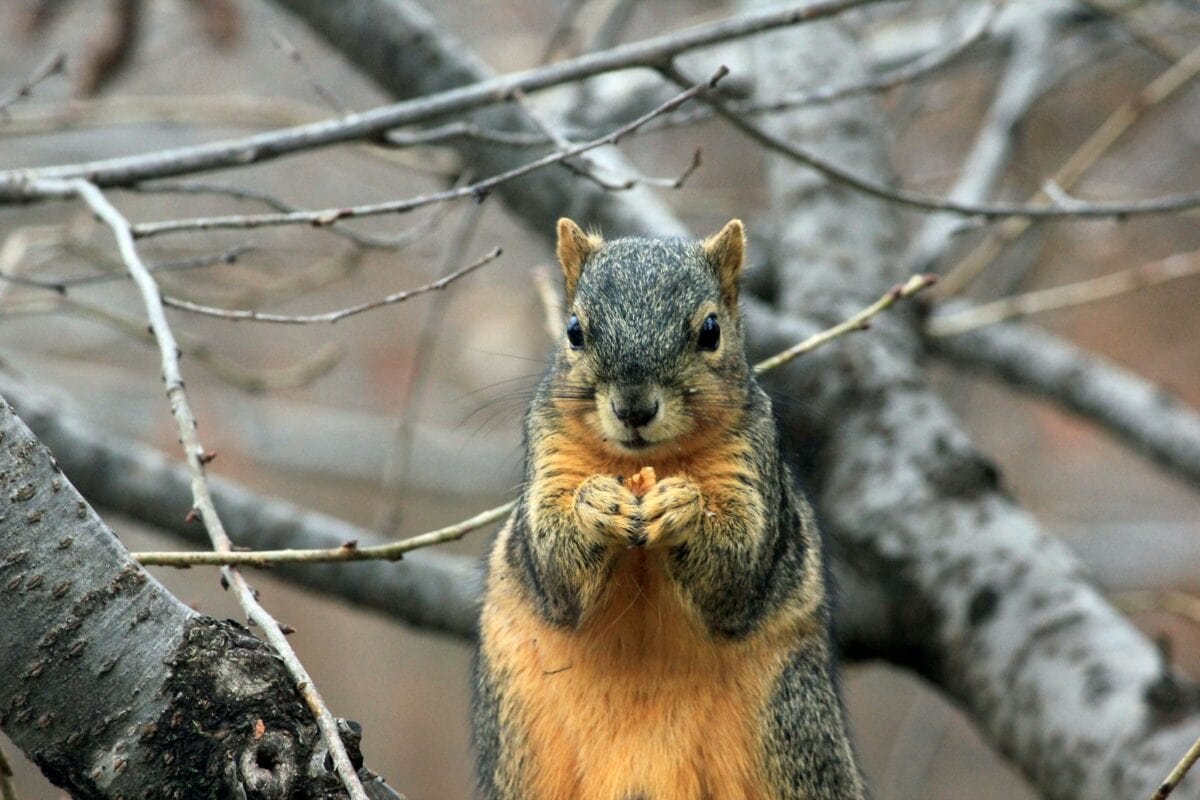
Hibernating mammals accumulate fat reserves with specific characteristics that support both energy storage and cold resistance. The composition of stored fat in hibernators differs from non-hibernating species, featuring higher proportions of polyunsaturated fatty acids that remain fluid at lower temperatures. This adaptation ensures that fat stores remain accessible for metabolism even as body temperature drops during hibernation. Additionally, hibernators develop impressive fat stores before winter, sometimes doubling their body weight. The Arctic ground squirrel, for instance, can increase its body weight by 50% before hibernation. These fat deposits serve as both energy reserves and insulation, providing a double benefit. The strategic distribution of fat around vital organs offers additional protection against localized cooling that might otherwise approach freezing temperatures.
Cellular Adaptations for Low-Temperature Survival
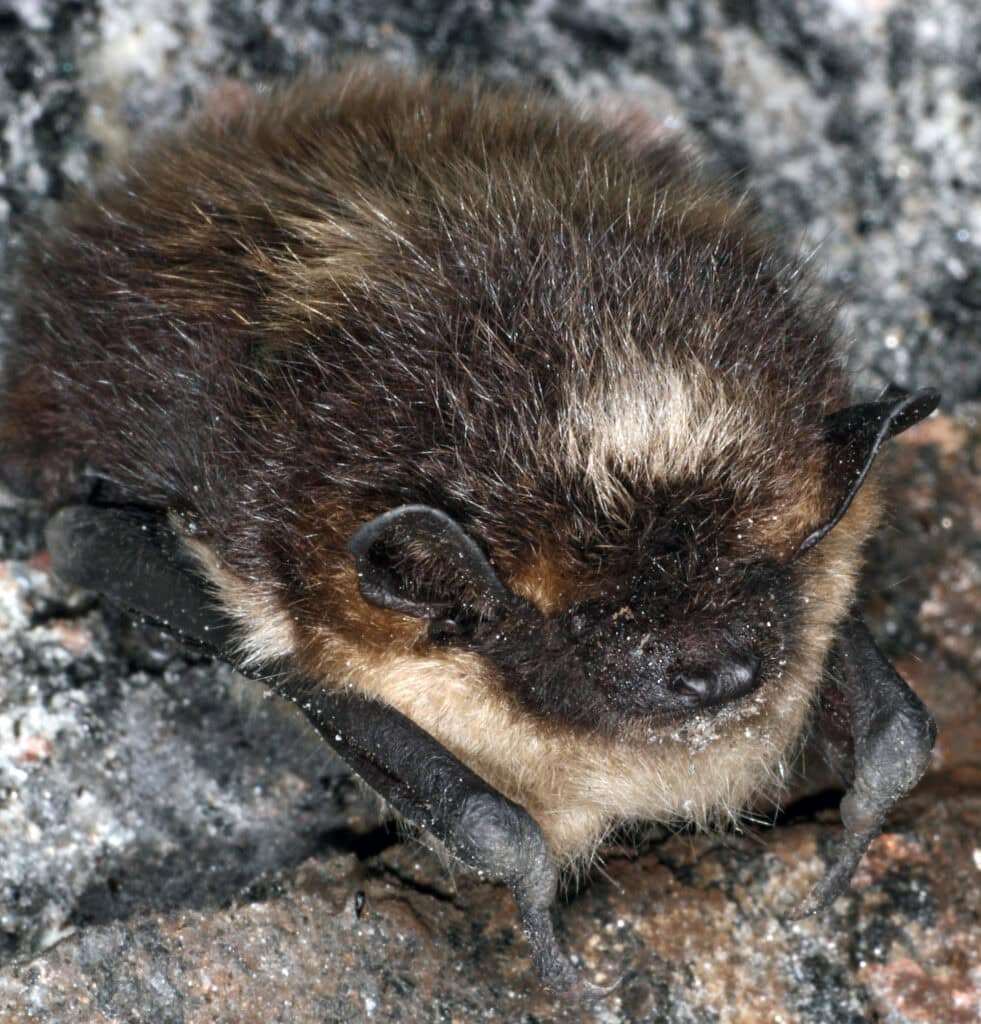
At the cellular level, hibernating mammals undergo remarkable adaptations that allow continued functioning at temperatures that would be lethal to non-hibernators. These include changes in cell membrane composition that maintain fluidity at low temperatures, adjustments to ion channels that preserve neural function, and modifications to protein structure that allow enzymes to function in cold conditions. Hibernators also employ unique mechanisms to preserve organ integrity during repeated cooling and warming cycles. For example, they can temporarily suppress immune responses that might otherwise react to the stress of temperature fluctuations, and they upregulate cellular protective mechanisms that prevent damage during torpor. Perhaps most importantly, hibernators can prevent the calcium buildup in brain cells that typically occurs during hypothermia and would cause neurological damage in non-hibernating species.
Evolutionary Origins of Mammalian Hibernation
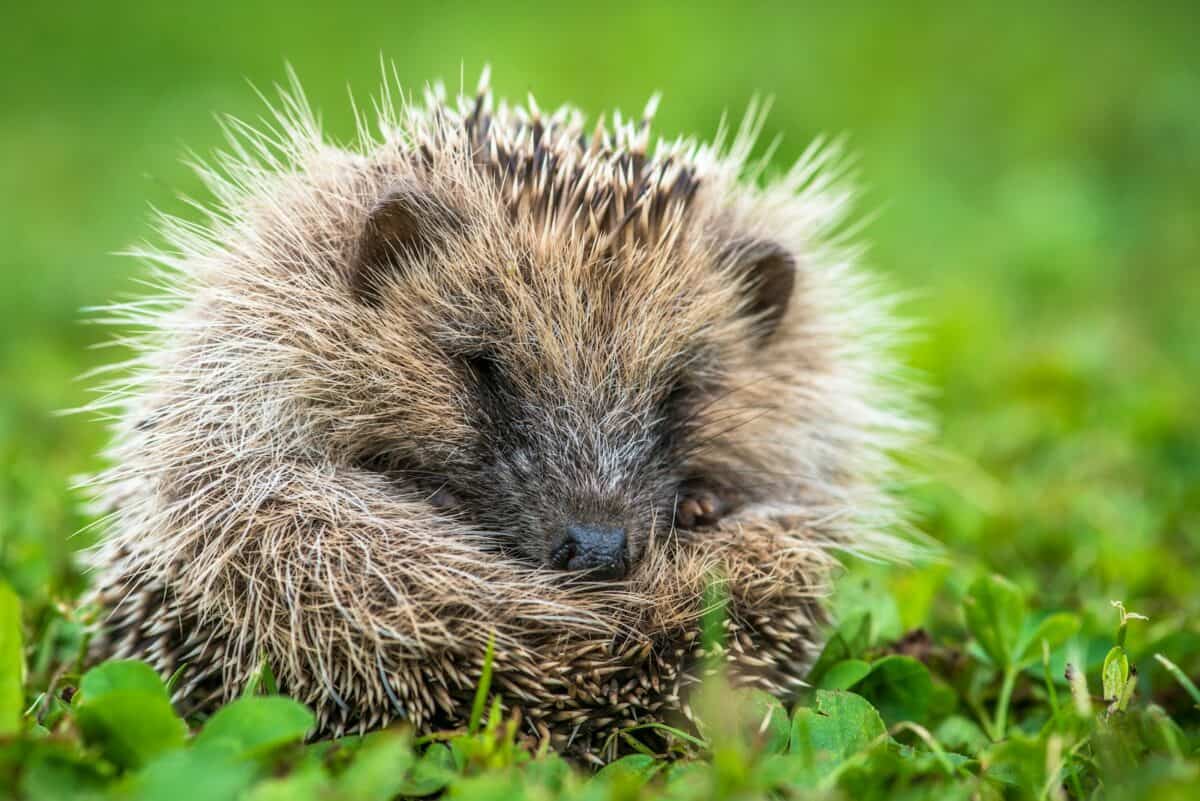
The ability to hibernate without freezing represents a sophisticated evolutionary adaptation that has emerged multiple times across the mammalian family tree. Evidence suggests that the capacity for hibernation may be an ancient trait, potentially present in early mammal ancestors. Modern hibernators are found across diverse mammalian lineages, including rodents (ground squirrels, chipmunks), carnivores (bears), insectivores (hedgehogs), and even primates (certain lemurs). This wide distribution suggests either that hibernation evolved independently multiple times or that it represents an ancestral trait that many mammal lineages have lost. The fact that even humans retain some genetic pathways associated with hibernation metabolism raises fascinating questions about our evolutionary history. Regardless of its origins, hibernation without freezing represents one of nature’s most sophisticated survival strategies, enabling mammals to endure seasonal conditions that would otherwise prove fatal.
Climate Change Impacts on Hibernation Patterns

As global climate patterns shift, hibernating mammals face new challenges in maintaining their delicate balance between torpor and freezing prevention. Warmer, more variable winters can disrupt the timing and duration of hibernation periods, potentially causing animals to deplete energy reserves before spring food becomes available. Conversely, sudden cold snaps may expose hibernators to freezing risks if they’ve entered torpor with insufficient preparatory adaptations. Research has documented earlier emergence from hibernation in several species, including groundhogs and bears, which can create dangerous mismatches between animal activity cycles and food availability. Climate change may also alter the distribution of hibernating species, potentially forcing them into regions with less suitable hibernation conditions. These disruptions highlight the remarkable precision of natural hibernation systems and the potential vulnerability of these sophisticated adaptations to rapid environmental change.
The ability of mammals to hibernate without freezing represents one of nature’s most sophisticated physiological achievements, blending precise biochemical regulation with behavioral adaptations. Through the coordinated reduction of metabolism, careful temperature management, specialized heating tissues, and protective chemical compounds, hibernating mammals navigate the dangerous boundary between life-preserving torpor and fatal freezing. This remarkable adaptation has evolved over millions of years, enabling diverse mammalian species to survive seasonal food scarcity and extreme temperatures that would otherwise exceed their physiological limits. As we continue to study these hibernation mechanisms, we not only gain appreciation for evolutionary ingenuity but also discover insights that may benefit human medicine, from organ preservation techniques to treatments for conditions like stroke and cardiac arrest. The hibernating mammal, suspended in its winter dormancy yet carefully balanced above freezing, offers a masterclass in survival that continues to inspire both scientific inquiry and simple wonder.
- Why Some Mammals Hibernate Without Ever Freezing - August 10, 2025
- 12 Snake Species That Can Kill in One Bite - August 10, 2025
- The World’s Most Expensive Dog Breeds - August 10, 2025

